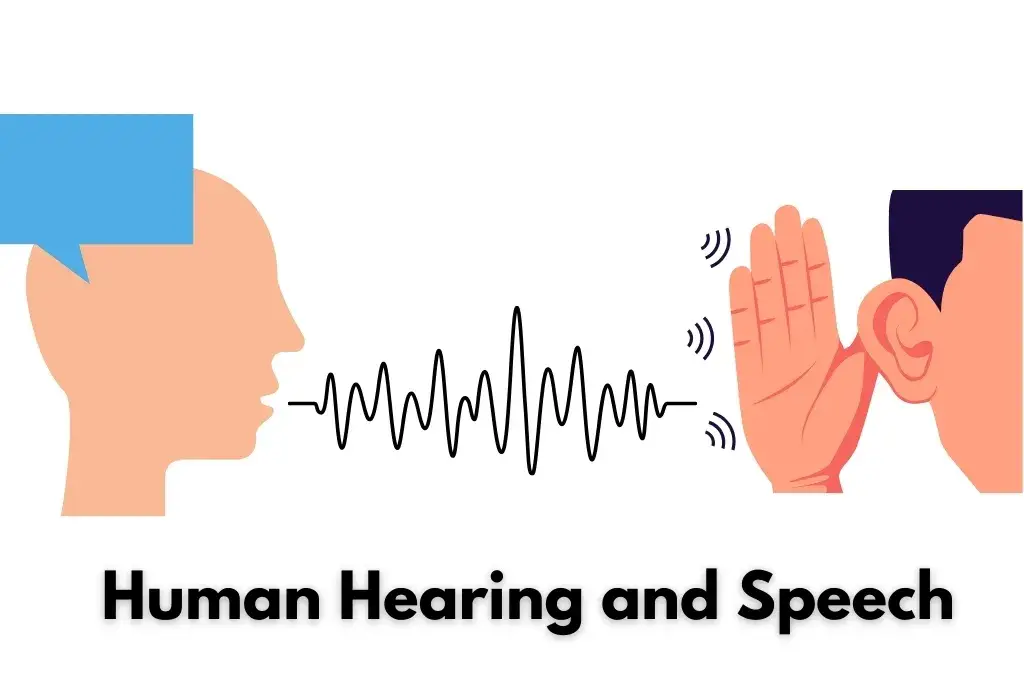Introduction
Sound is a fundamental part of human experience, surrounding us in every moment, whether it’s the rhythm of a favorite song, the laughter of loved ones, or the sound of waves crashing on a beach. But how exactly does sound travel? This process, known as sound propagation, is complex and fascinating, relying on various factors like medium, speed, and frequency. In this article, we’ll dive into the mechanics of sound, uncovering how it moves through different environments and why this understanding matters in everyday life.
Sound Propagation: What Is Sound?

Sound is a type of energy created by vibrations. When an object vibrates, it displaces the particles in the surrounding medium, causing them to compress and decompress in waves. These sound waves then travel through the medium, eventually reaching our ears, where they’re interpreted by the brain as sound.
Sound requires a medium, like air, water, or solid objects, to travel. In fact, without a medium, sound cannot exist, as there would be no particles to carry the vibrations. This principle explains why sound cannot travel through the vacuum of space.
Sound Propagation: Sound Wave Characteristics
Understanding sound waves is key to grasping how sound propagation works. There are several main characteristics of sound waves:
- Frequency: The number of waves that pass a point in a given period, which determines pitch.
- Wavelength: The distance between consecutive peaks or troughs of a wave.
- Amplitude: The wave’s height, influencing the volume of the sound.
- Velocity: The speed at which sound waves travel through a medium.
These characteristics, combined with factors like temperature and pressure, affect the way sound propagates. For example, sound travels faster in warmer air and in dense media like water or solids. This difference in speed creates unique experiences for sound in various environments.
“Sound is not just heard; it’s felt and understood through the very waves that carry it.”
Closing Our Ears When We Hear Loud Noise
Ever noticed that when we encounter a loud noise, our instinct is to close or cover our ears? This reaction isn’t just a protective reflex; it’s a way to shield our ears from sound waves carrying excessive energy. Loud sounds exert intense pressure, and our eardrums are sensitive to such strong sound waves. When we close our ears, we dampen the amplitude of the incoming sound waves, reducing the potential for harm to our hearing.
Speed of Sound

The speed at which sound travels, or sound velocity, depends on several factors:
- Medium: Sound travels at different speeds through various media—faster through solids, slower through gases.
- Temperature: Warmer temperatures increase the speed of sound by causing particles to move more rapidly.
- Density: Denser materials generally facilitate faster sound propagation.
For instance, in air at 20°C (68°F), sound travels at approximately 343 meters per second (m/s), while in water, it can reach speeds of 1,480 m/s. In solids, such as steel, sound can travel at around 5,960 m/s.
“The speed of sound is a reminder that every medium tells a different story of how sound travels.”
Can Sound Travel in Space?

One of the most intriguing aspects of sound is that it cannot propagate in a vacuum, such as outer space. This limitation occurs because sound needs a medium to travel through, and space lacks particles to transmit vibrations. This phenomenon explains why explosions or voices cannot be heard in space, as sound waves have no medium for propagation.
In environments like Earth, however, sound waves move through air, water, and even solid ground, creating the sounds we recognize. This is why astronauts rely on radio waves, which don’t require a medium, to communicate in space.
Human Hearing and Speech

The human ear is a remarkable organ, capable of detecting a wide range of sounds. Human speech and hearing depend heavily on frequency and pitch. Most human speech falls within the range of 85 to 255 Hz, while the average human ear can hear sounds from 20 Hz to 20,000 Hz.
In conversation, speech sounds are produced by vibrating vocal cords, which create sound waves that travel through the air. Our ears pick up these vibrations, and the brain translates them into recognizable speech. Understanding sound propagation also aids in designing hearing aids, soundproofing, and even noise control techniques.
“The human ear is not just an organ; it’s a bridge connecting us to the symphony of life around us.”
Frequently Asked Questions – FAQs
How does sound propagate through different mediums?
Sound propagation relies on the medium’s density and elasticity. Sound travels fastest in solids, slower in liquids, and slowest in gases because particles are more closely packed in solids, allowing quicker energy transfer.
Can sound travel faster in water than in air?
Yes, sound typically travels faster in water than in air because water is denser, allowing sound waves to move more efficiently between particles. Sound speed in water can be about 4.3 times faster than in air.
Does temperature affect sound propagation?
Absolutely. Higher temperatures cause particles to vibrate faster, enhancing sound speed. In colder temperatures, sound waves slow down as particles move less vigorously.
Why do humans close their ears in response to loud sounds?
Closing our ears reduces the amplitude of incoming sound waves, preventing potential hearing damage from excessive pressure. It’s a reflexive response to protect our sensitive eardrums from harmful levels of sound energy.
Conclusion
Sound propagation is a captivating phenomenon, illustrating how energy transforms into vibrations that travel through various media, allowing us to hear and communicate. From understanding the speed of sound in different environments to recognizing how our hearing is tuned to specific frequencies, the science of sound offers insights that are both practical and profound. Embracing this knowledge helps us not only in technology and communication but also in appreciating the beauty of sound that enriches our lives.
Who we are?
Digitaltool.io: Your source for trending news, fashion, celebrity updates, and the latest in science and physics. Stay informed!


Leave a Reply